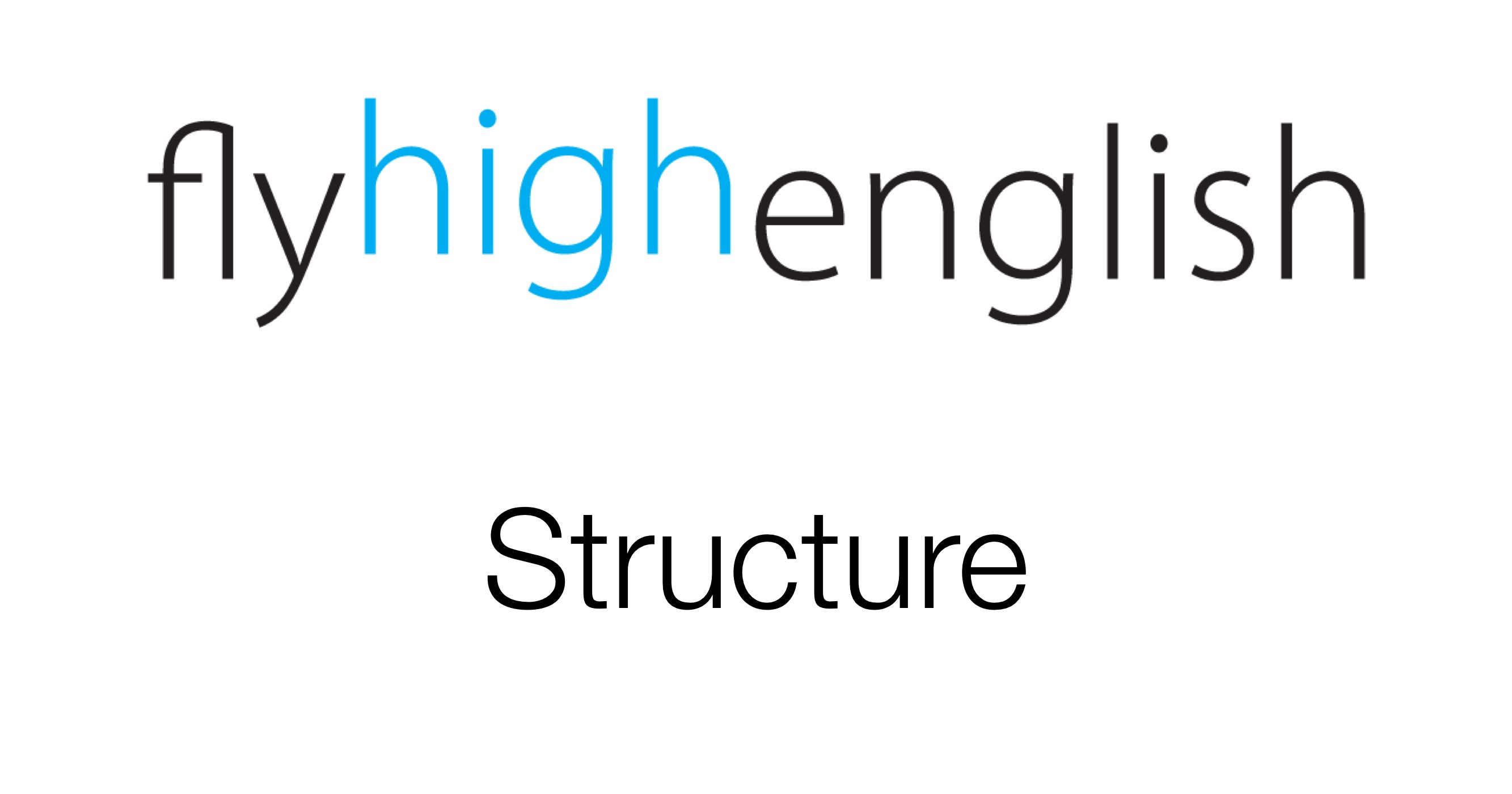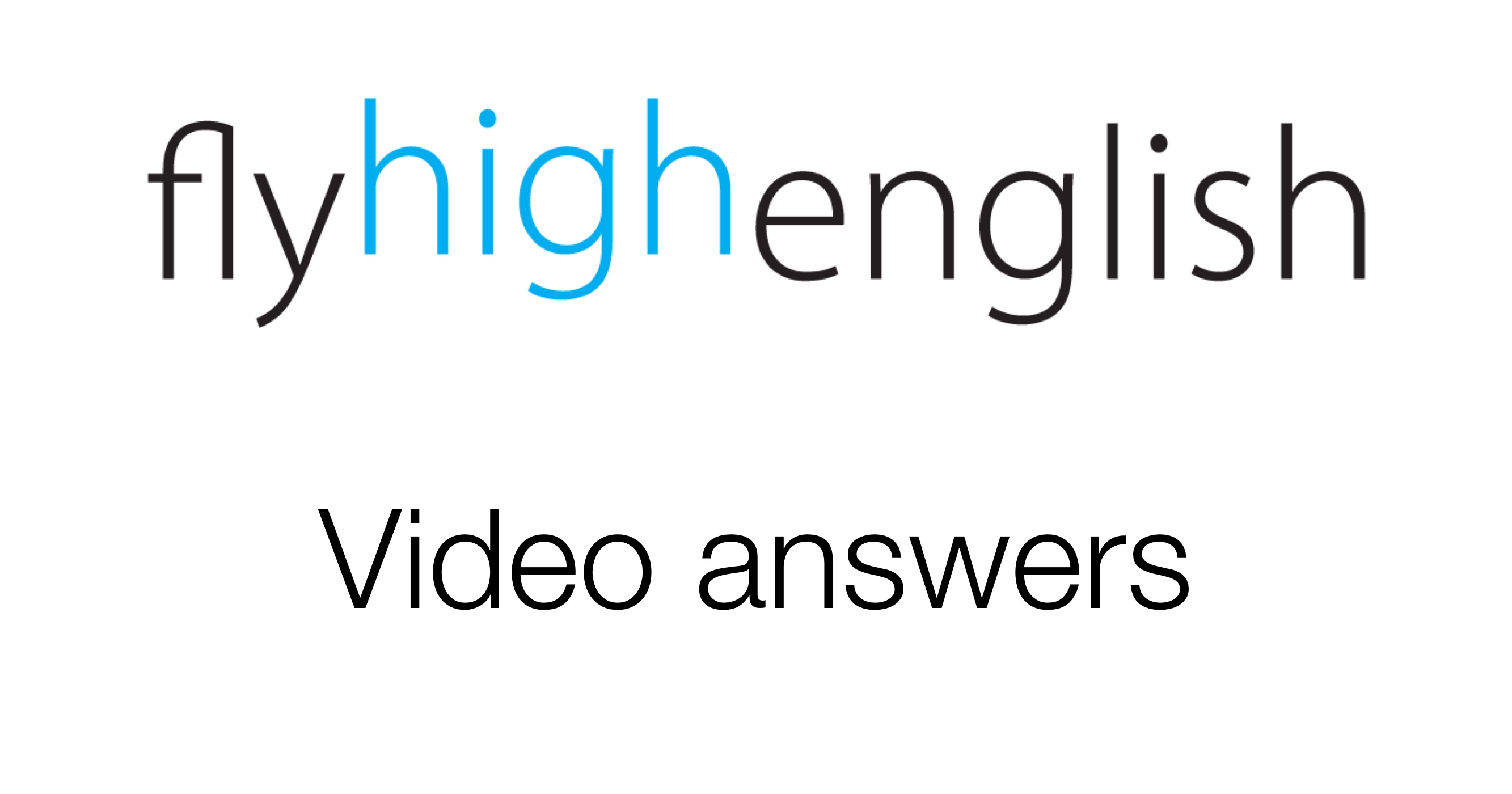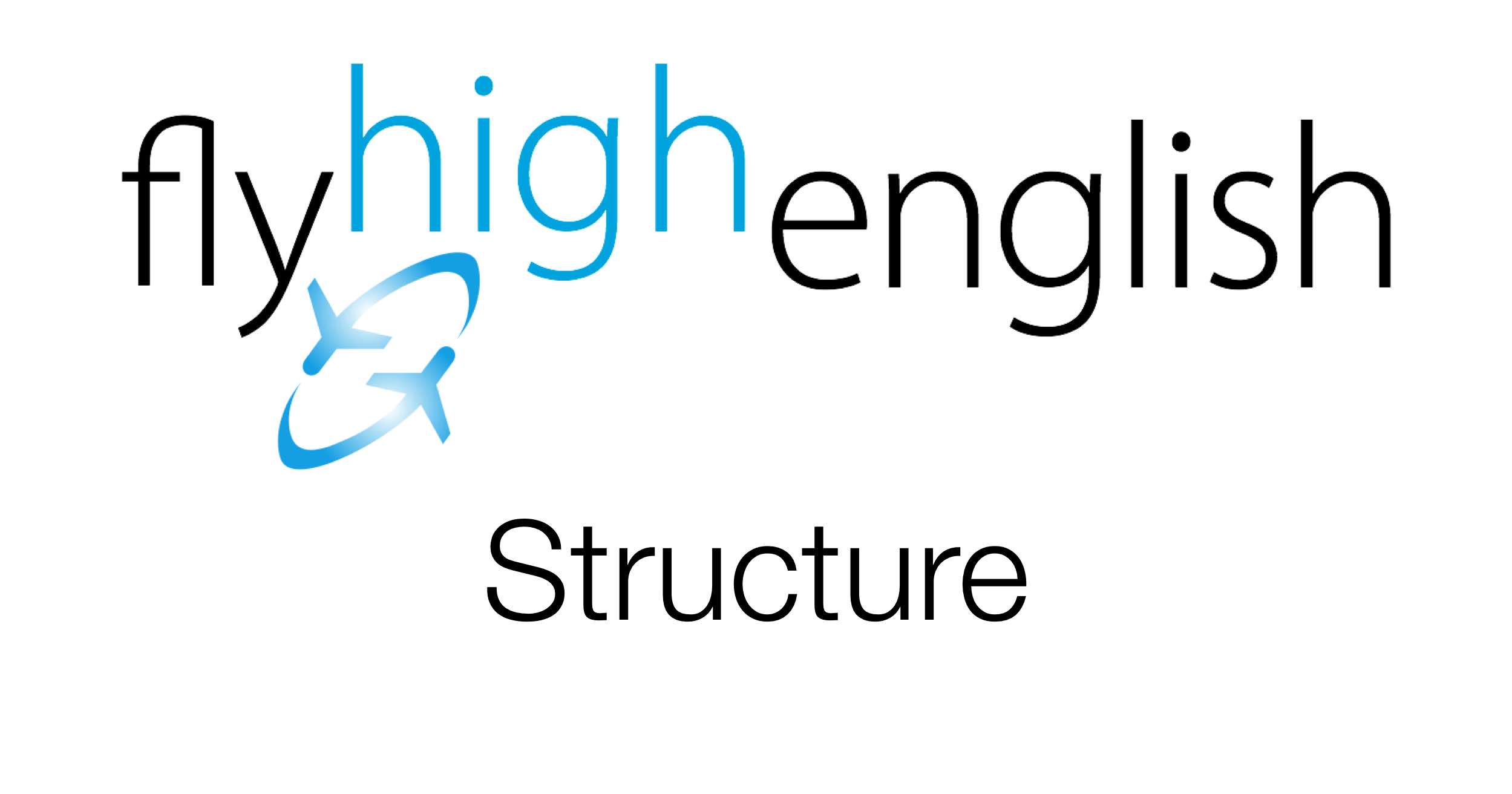
This time in our structure help we talk about the difference between avoid and prevent. These two verbs relate to similar, but not the same ideas. Check out the diagram below for the differences and read some more examples below.

Examples
The pilots avoided the high speed taxiway because of the ice.
The cabin crew avoided each other after the flight because of the argument they had.
The strike prevented flights from operating normally.
The schedulers prevented the pilots from having five days off in a row.
Follow us on twitter here, Facebook here or Google+ here for more great content!
Have a great day!




